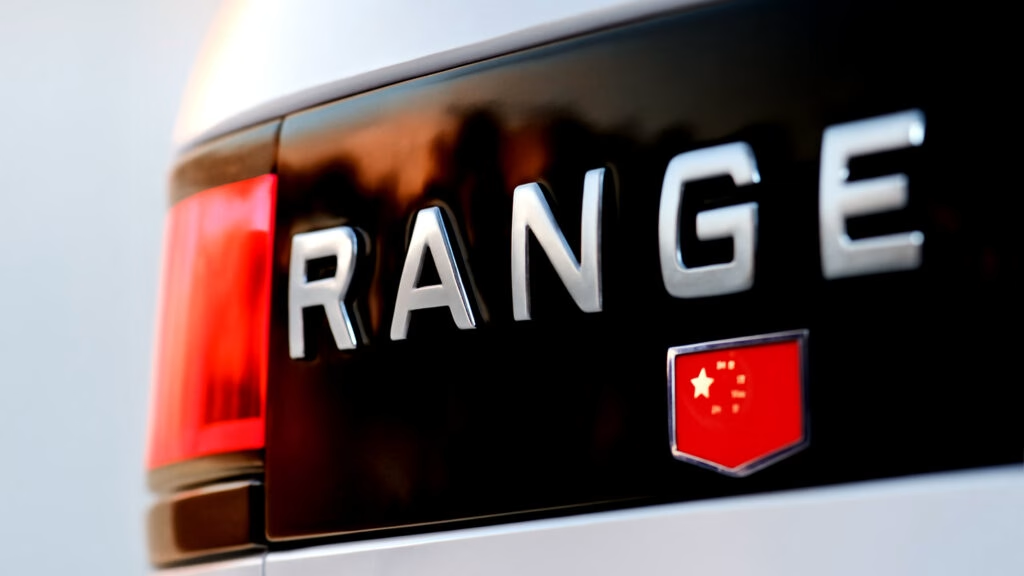Jaguar Land Rover (JLR) is making a significant shift in its strategy in China, a market that has proven increasingly challenging for foreign automakers. After facing substantial losses, JLR has decided to halt production of its own models in the country and will instead focus on a new range of vehicles under the Freelander brand, specifically designed for the Chinese market.
Why Is JLR Shifting Its Strategy in China?
The decision to stop producing its own models comes on the heels of a staggering $18.7 million loss in JLR’s joint venture with Chery last fiscal year. This was a sharp downturn from a profit of $47.8 million the previous year, highlighting the volatility and fierce competition in the Chinese automotive landscape. JLR’s CFO, Richard Molyneux, noted that many of their models were nearing the end of their life cycles, which contributed to the downturn. This situation is not unique to JLR; many foreign brands are grappling with similar challenges in China, where local manufacturers are increasingly dominating the market.
What’s Next for the Freelander Brand?
The Freelander name is making a comeback, but it will look quite different from what many may remember. JLR plans to launch a new lineup of vehicles based on the Chery T1X platform, a modular architecture developed in collaboration with JLR back in 2016. This new Freelander range will be tailored specifically for Chinese consumers, incorporating local preferences and cost structures. The first model is expected to feature a plug-in hybrid drivetrain, showcasing JLR’s commitment to modern, eco-friendly technology.
The Freelander models will not only cater to the domestic market but may also have the potential to be sold internationally. Molyneux hinted at this possibility, suggesting that the Freelander brand could eventually expand beyond China, aligning with Chery’s ambitions to increase its global footprint. Last year, Chery emerged as China’s largest vehicle exporter, shipping over 1.14 million vehicles, which bodes well for the potential success of the Freelander brand on the international stage.
How Does This Shift Reflect Broader Trends in the Automotive Industry?
JLR’s pivot underscores a broader trend where foreign automakers are re-evaluating their strategies in China. The market has become increasingly competitive, with local brands leveraging advanced technology and lower costs to capture consumer interest. For instance, Audi has launched a new sub-brand specifically aimed at appealing to Chinese buyers, demonstrating the lengths to which companies are going to adapt.
JLR’s decision to embrace a local platform and focus on a brand that resonates with Chinese consumers is a strategic move to regain market share. The company is also continuing to offer its higher-priced models, like the Range Rover and Defender, which are less affected by the intense price competition from local manufacturers.
What Can We Expect Moving Forward?
As JLR transitions to this new model strategy, it will be interesting to see how the Freelander brand performs in the competitive landscape of the Chinese automotive market. With rising demand in other regions, particularly the U.S., JLR may find a way to balance its global presence while tailoring its offerings to meet local needs.
The big takeaway? JLR’s shift isn’t just about cutting losses; it’s about smarter adjustments to thrive in a rapidly evolving market. By focusing on local preferences and leveraging partnerships, JLR aims to reclaim its footing in a challenging environment. If you’re in the market for a new vehicle, keep an eye on the Freelander brand—it might just surprise you with its offerings in the near future.

